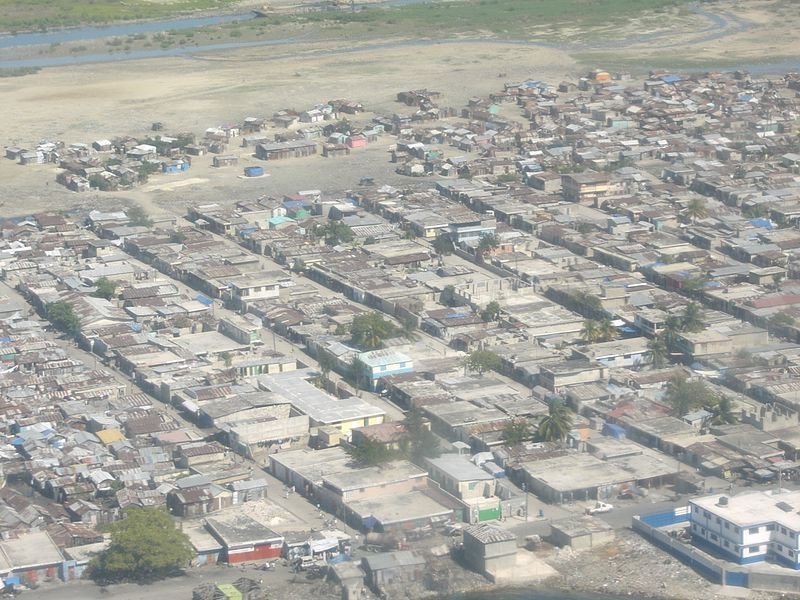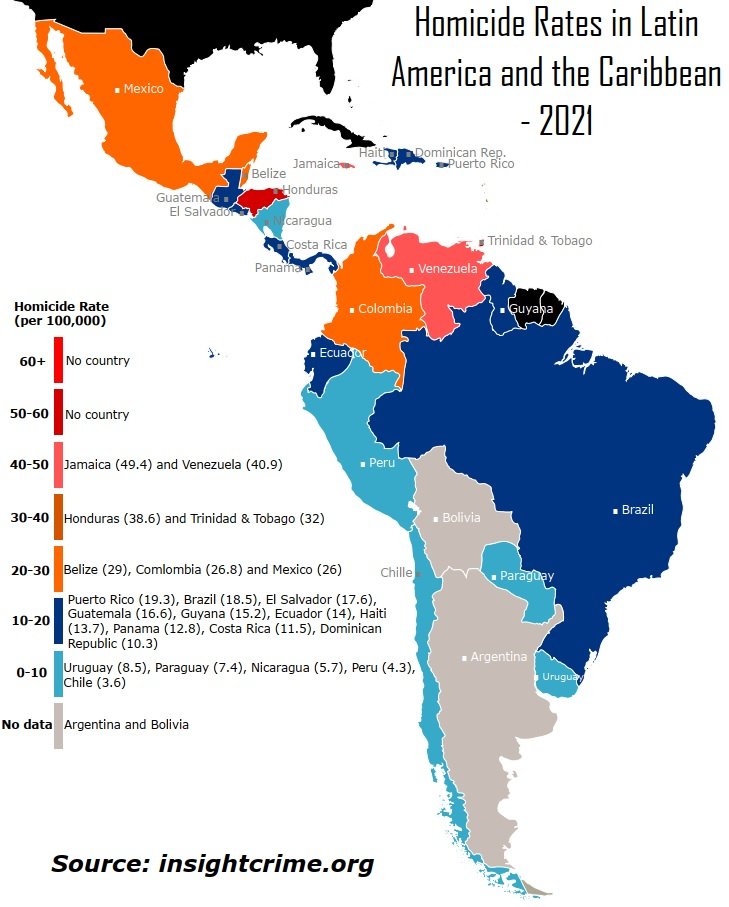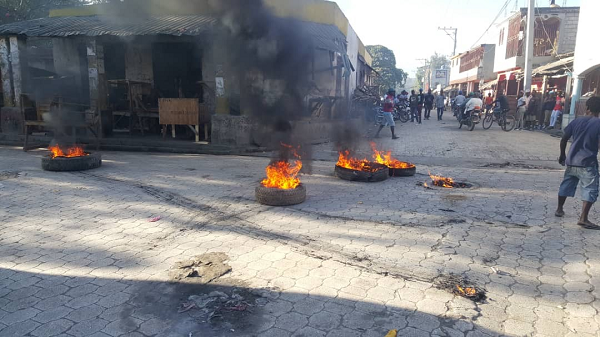The recent wave of gang violence in Haiti highlights the endemic problem of violence, particularly of gang-related violence, in Latin America and the Caribbean. Even though the region has 9% of the global population, it is responsible for 30% of all homicides in the world, according to data provided by the World Bank.
From July 8th to 12th at least 234 people died or were injured in Cité Soleil, a poor area in Port-au-Prince metropolitan region, Haiti’s capital, according to the United Nations (UN). Badly equipped and with few men, the local police forces are unable to intervene. The attacks, which are the latest great example of this widespread violence in Latin America and the Caribbean, are the result of a gang war which often target victims not directly linked to criminal groups.

Last year’s homicide numbers already indicated a worsening scenario in Haiti. In 2021, the Caribbean nation homicide rate was 13.7, around 1,630 murders were reported, which is an 18% increase from 2020, according to data from the Intelligence and Operations Center of Haiti’s National Police.
Not an Island in the Ocean
Haiti is not alone, it only represents a generalized problem in the region. Data disclosed by Insight Crime, an NGO that investigates security in the Americas, revealed that, in 2021, Latin America and the Caribbean have registered high homicide rates in almost all countries and an increase in murders in some.
In Colombia, murders rose to a level not seen in seven years. Data provided by the National Police reveal that the country had 13,709 homicides in 2021, which accounts for 26.8 homicides per 100,000 people, an increase over the 23.8 rate from 2020.
Ecuador had 2,464 murders in 2021, almost double the 1,362 recorded in 2020, according to the national police. By the end of 2021, the country’s homicide rate was 14 per 100,000, its highest in a decade. Some of the main drivers for this were struggles last year, covering a rapid escalation in gang violence, in murder-for-hire and in weapons trafficking.

México had 26 homicides per 100,000 people. Even though the rate represents a small reduction (around 3%), when compared to 2020, it is still very high. The continuing cartel violence maintained the total number of homicides in an elevated, above 30,000 for the fourth consecutive year. In 2021, Mexico had 33,308 killings and only six states are responsible for half of that: Guanajuato, Baja California, Michoacán, the State of Mexico, Chihuahua and Jalisco.
Brazil, which is disputed by around 53 reported gangs, had a small improvement, with its homicide rate dropping from 21, in 2020, to 19.3, 2021. However, the nation had the biggest total number of murders, 41,112. On top of that, signs that the improvements might only be temporary were observed. Police actions claimed many thousands of lives per a year. In rio de Janeiro, police forces were accused of carrying out operations to weaken drug gangs and allow militia groups to move into poorer neighborhoods. Conflicts between illegal miners and Indigenous communities in the Amazon led to several deaths.
General Reasons Behind the Increase
The increase in murder in some countries would be directly connected to the pandemic, since a growth in violence was to be expected after consecutive lockdowns, which were responsible for reducing the economic activity. On top of that, numbers were expected to grow after the lockdown, because with more people and goods circulating there are naturally more opportunities for crime.
Insight Crime mentions a few additional reasons for that. During the health crisis, a great portion of the population was driven into poverty due to the slowdown in the economy. Because schools remained closed for long periods and some did not have access to virtual classes, many teenagers went to the streets with almost nothing to do, becoming easy targets for gang recruitment. Furthermore, when the economy started to reopen, organized crime groups found themselves in a good scenario to profit and continue territorial expansion, increasing cases of violence.
The NGO also states that during the pandemic, law enforcement had a hard time completing their job, because they had to work under restricted conditions and many times without their full contingent, since many officers fell ill and/or died.




